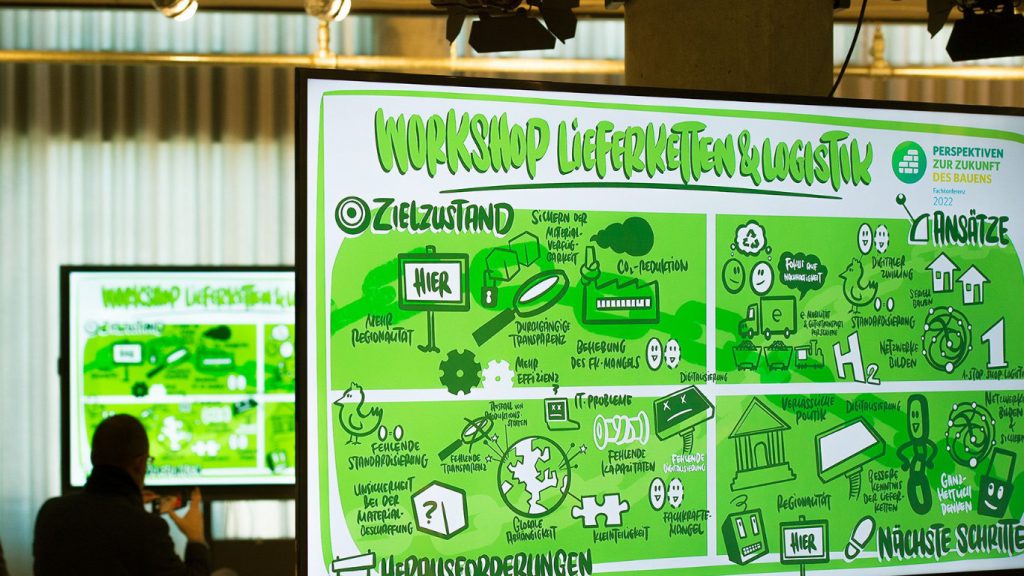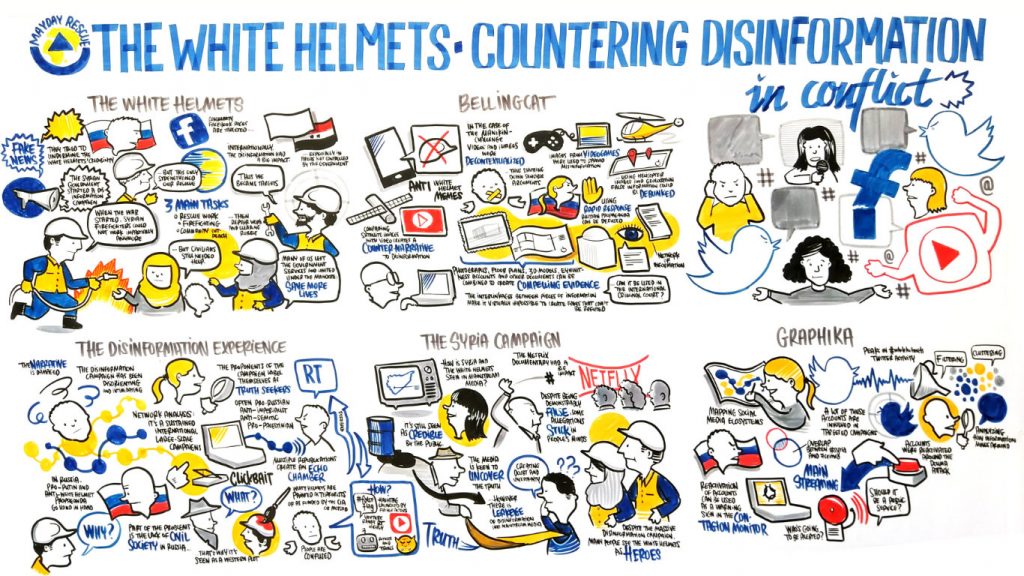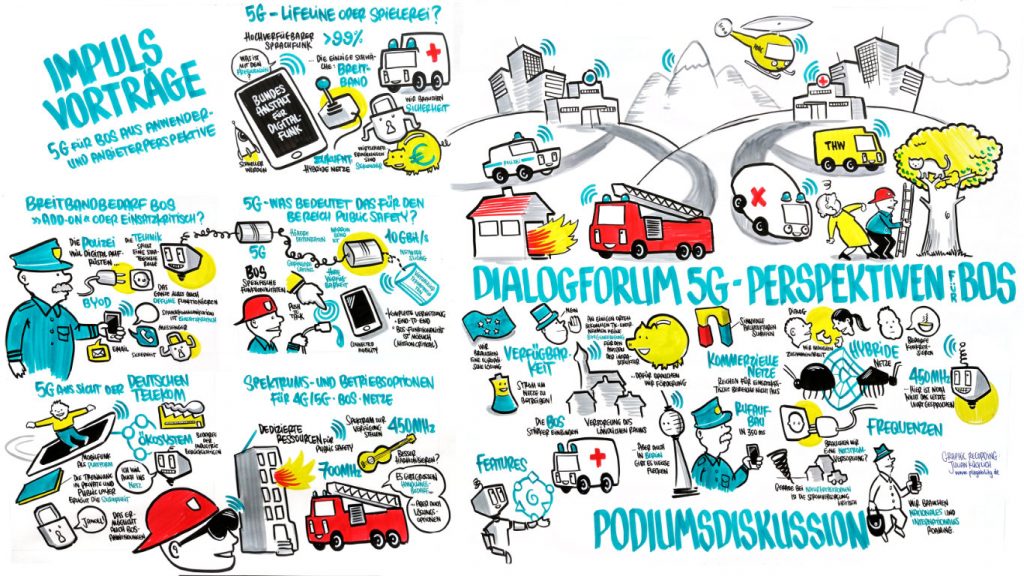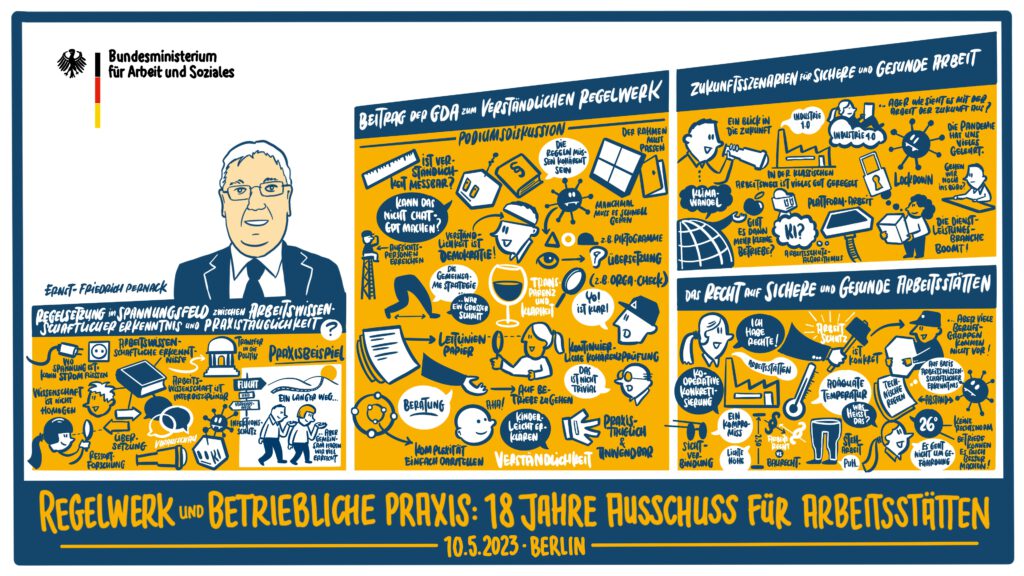I am
Julian Kücklich,
your expert for
Graphic Recording

For more than 10 years, I have been facilitating conferences, workshops, and corporate events as a graphic recorder. I also support the visualization of strategic processes through live and digital graphic recording for a variety of organizations. Some of my clients include:
If you would also like to benefit from the power of visualization, please get in touch.









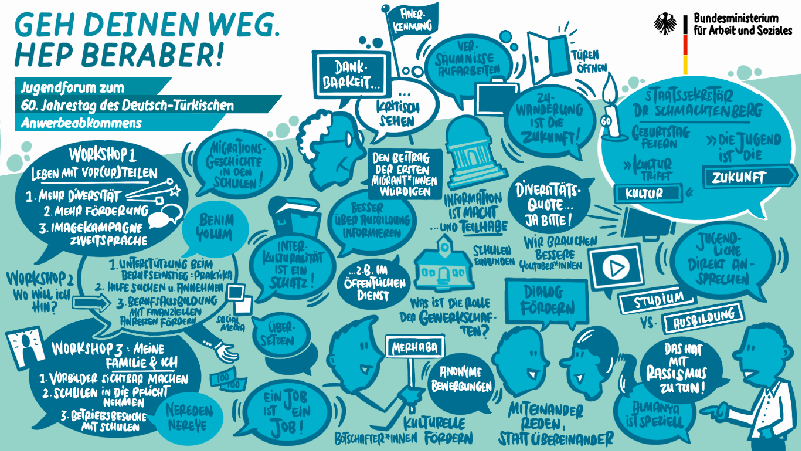

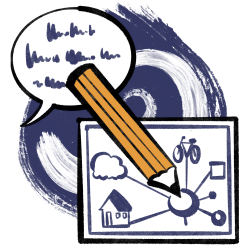
Graphic Recording lets you
see the big picture
Would you like to make sure the highlights of your company event leave a vivid impression in your participants‘ minds? Would you like your strategy workshop’s results to be visible at all times? Would you like to increase audience engagement and commitment, and help your listeners grasp complex issues quickly? I have the solution: Graphic recording creates memorable, structured images that your participants will remember for a long time. It also highlights interconnections and fosters dialogue among people. Put simply: Graphic Recording lets you see the big picture.

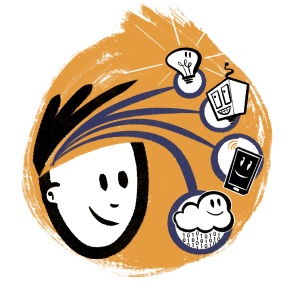
10+ years of experience
I have been working as a graphic recorder since 2012, and I have provided graphic recording services for more than 100 companies in many different industries. This depth and breadth of experience enables me to offer my clients graphic recording at an extremely high level of quality.

Custom solutions
Whether you want to document a workshop, communicate your goals or develop a new product, graphic recording offers the tools to do so. Based on your requirements, I devise customized solutions for you.

Visual storytelling
Through storytelling, we experience empathy for others, discover creative solutions and remember what we have learned. Visual thinking makes abstract ideas tangible, and charges them with emotional meaning. Through visual storytelling, theoretical concepts become an experience.
?
What is Graphic Recording?
Graphic recording is the art of listening and translating words into images – in real time.
Graphic recording is used at conferences, workshops and meetings to visualize lectures and discussions, and to present the results of group work. This can be done digitally on a tablet or with pen and paper.
Graphic recording goes by many names, such as live illustration, graphic facilitation, visual harvesting and scribing – but what all these names have in common is the conceptn of structuring and documenting events by using visual methods.
!
Benefits
Graphic Recording and Visual Facilitation create added value for you and your company

Commitment
Graphic recording visualizes results and shared objectives and makes sure they remain present and visible after the event.

Memorability
Graphic recording links ideas with images and helps audiences remember what was discussed at conferences and workshops.

Clarity
Graphic recording creates visual focus points and makes it easier for participants to stay on topic.

Participation
Graphic recording includes contributions from all participants, increases participation and gets everyone on the same page.

Creativity
Graphic recording inspires workshop participants to think visually and creatively.

Decision-making
Graphic recording makes abstract ideas tangible and supports decision-making processes

Shareable Content
Graphic recording creates a visual record of events that can be used in brochures, in videos, on websites or in social media.
My Expertise
Since 2012, I have been supporting a wide variety of processes with graphic recording. As a result, various areas of application have emerged in which graphic recording plays a key role. I specialise in making complex challenges manageable using visual tools. I would be happy to advise you on which solution is right for you, your team or your company.

1. Graphic Recording
Whether analogue or digital, remote or on-site – graphic recording makes events really colourful. Are you planning a meeting, a conference or a workshop series? I will be happy to advise you on how you can use graphic recording.

2. Digital Graphic Recording
Digital graphic recording on the tablet can be used both on-site and in virtual meetings. It can also be integrated into visual collaboration platforms such as Miro, Mural or Conceptboard. After the event, the graphic recording is immediately available as shareable content, but can of course also be printed as a poster.

3. Strategy maps
You want to visualise the strategic goals? You need a picture that provides orientation for employees in a transformation phase? Strategy and transformation maps provide an overview and support strategic decisions.

4. Visual Storytelling
You want to convince your customers, your business partners or your employees? The best way to do that is with a good story that emotionalises your message and puts it into a meaningful and easily comprehensible context. Through visual storytelling you reach the minds and hearts of your target group.

5. Knowledge Walls
Are you about to enter a new subject area? Do you have a huge amount of information, but no overview? Knowledge Walls can help by structuring information, showing cross connections and inviting participation.

6. Customer Journeys
Whether in the B2B or consumer sector, products and services are becoming increasingly complex. So it’s no wonder that customers often get lost in the jungle of options. The visualisation of customer journeys helps to identify pain points, optimise processes and give your customers orientation.

7. Persona Development
Personas are a proven means of defining target groups and optimising marketing measures. But only through visualisation do personas come alive. As illustrated figures, personas are neither too specific nor too abstract, but just right to address customers precisely.
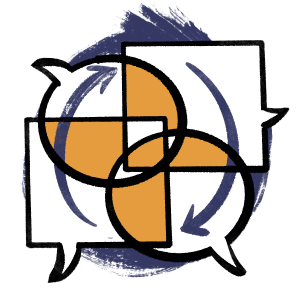
8. Consensus Mapping
Group processes do not always run without conflict. When these conflicts get out of hand, teams or entire departments become so consumed by them that they are barely able to work. Consensus mapping can help to defuse these conflicts by defining boundaries and showing where consensus still prevails beyond all conflicts.

9. Visuelles Teambuilding
How efficiently a team works also depends on what image the team has of itself and whether this image is shared by all team members. Visualisation sharpens the self-image of teams and opens up a space for self-reflection and growth.

10. Visual Experience Design
How do we want to live and work? What experiences do we want our customers to have when they come into contact with our company? These questions are answered by visual experience design, for example when moving to new headquarters, when designing virtual or real experience spaces or in the context of exhibitions and trade fairs.

11. VUCA Guidance Systems
The rapid transformation of almost all areas of life presents companies with new challenges in terms of volatility, uncertainty, complexity and ambiguity (VUCA). Through visualisation, strategic options can be developed that enable a quick and targeted response to unforeseen changes.

12. Visual product development
In addition to the functionality of a new product, the look and feel is also decisive for how the product is perceived. Visual product development is an iterative process in which, starting from a prototype or MVP, it is gradually worked out which features a product must have in order to meet the customer’s needs.

13. Innovation visualisation
How does the new enter the world? Innovative companies and teams have long relied on the power of visualisation. Because visualisation can not only generate ideas, but also evaluate and further develop them.

14. Business Culture Mapping
„Culture eats strategy for breakfast“ Peter Drucker once said. But what does that mean for companies? In order to change corporate culture, it must first be clarified what elements it consists of. Business culture mapping creates a visual-anthropological picture of an organisation that can serve as a basis for sustainable change.
My Projects
Listen Louder
(Bonn 2022)
The Listen-Louder conference of the Constructive Institute (DK) was about how journalism can actually contribute to the management of crises. For example, how can reporters contribute to the peaceful resolution of conflicts? How can they point out options for action in the face of the climate crisis? The motto „Listen Louder“ inspired me to listen very carefully, even when the power failed in the conference hall and the speakers had to continue speaking without microphones. And the cosily furnished stage provided a particularly appealing setting for the graphic recordings, which were shown on the big screen during the breaks.
Tour in die Zukunft
(Berlin 2022)
For the second time, I was able to accompany the supervisory board of the Schöck company on a tour of Berlin in 2022. The programme included a lecture by futurologist Matthias Horx, a visit to the Fraunhofer Heinrich Hertz Institute, the Halostage in Potsdam-Babelsberg and the studio of artist Roman Lipski, who combines artificial intelligence and painting in a unique way. An unforgettable experience, during which I was in action as a racing graphic recorder with my easel at various locations.
G7: Kreislaufwirtschaft
(online 2022)
When the world’s most important industrialised countries meet to discuss the circular economy, it is worth listening carefully. As Federal Environment Minister Steffi Lemke stated in her opening speech: „The G7 bears a special responsibility in this regard. This was also emphasised by BMUV State Secretary Michael Kellner, Achim Steiner (UNDP), Florika Fink-Hooijer (EU Commission) and even Holger Lösch from the BDI. The member states then went on to provide concrete measures such as better recycling, combating plastic waste in the sea, cleaner fuels and the right to repair.
Tag der Jobcenter
(Berlin 2022)
A discussion on a current and controversial topic: What does the citizen’s income bring to the job centres, to the recipients and to society? After a presentation by the Federal Minister of Labour, Hubertus Heil, the heads of almost all German job centres discussed what effects the measure would have on processes and staff. While some welcomed the citizen’s income because it is less complex than the Hartz IV system, others warned that unemployment figures would rise again. The liveliness of the discussion made this graphic recording a special pleasure.
Vonovia Perspektiven klimaneutralen Wohnens
(2019-2022)
An incredible 38% of global CO2 emissions are directly or indirectly attributable to buildings. This makes the construction and housing sector one of the biggest levers for reducing climate-damaging greenhouse gases. It is therefore a good sign that the sector met in Berlin in 2019 and 2020 at Vonovia’s invitation to discuss the prospects of climate-neutral housing. In 2019, I was there with a team of 5 graphic coders, and in 2020 I was allowed to design the illustrations for the documentation brochure. I was also a graphic recorder at the follow-up event „Perspectives on the Future of Building“ (Berlin 2022).
Solvency II
(Erklärvideo 2021)
Solvency II is a set of rules designed to make insurance companies even safer. So far, so good, but to explain it, you first have to understand what the yield curve is and how it is extrapolated. And what was that again about 200-year events and what is the difference between SCR and MCR? Explaining all this in a 4-minute video is a challenge, but thanks to visual storytelling I was able to produce an entertaining and informative explanatory video that the German Insurance Association (GDV) published on its YouTube channel.
UNESCO: Bildung und SDGs
(online 2022)
The Sustainable Development Goals (SDGs) of the United Nations set clear, measurable targets to make the world a more just and sustainable place. As early as 2016, I started working on the visualisation of concrete measures to implement the SDGs on behalf of GIZ for the Partners for Review (P4R) programme; a process that took me all the way to Bogotá (Colombia). I was even more excited when UNESCO asked me to put together a team of graphic recorders in 2022 to accompany a series of workshops on „Education and the SDGs“. It was particularly interesting for me to gain an insight into the role of indigenous knowledge.
Globale Lieferketten
(online 2020)
By 2022 at the latest, they were on everyone’s lips: global supply chains. Whether food, medicines or household appliances – almost everyone felt the restriction of goods availability in some form as a result of Corona and the war in Ukraine. However, the Federal Ministry of Labour and Social Affairs (BMAS) had already addressed the fragility of supply chains in 2020 as part of the German EU Council Presidency. The Supply Chain Act, which came into force on 1 January 2023, is also fed by the findings of the conference – and I was allowed to be there as a graphic recorder.
Künstliche Intelligenz und Arbeitsschutz
(online 2020)
At the end of 2022, artificial intelligence was suddenly no longer an academic topic: ChatGPT, Stable Diffusion and Midjourney amazed us with perfectly formulated texts and creative illustrations. However, the think tank of the Federal Ministry of Labour and Social Affairs (BMAS) had already dealt with the topic of artificial intelligence in 2020 – in connection with occupational safety. In retrospect, the assessment of Dr Georg von Richthofen from the Humboldt Institute for Internet and Society sounds almost prophetic: „AI will change work.
re:publica
(Berlin 2019)
The re:publica in Berlin is the most important German conference of the digital society. After presenting my own talks there from 2007 to 2009, a good 10 years later a dream came true when I was commissioned by the think tank of the Federal Ministry of Labour and Social Affairs (BMAS) to visualise the talks and discussions at re:publica as a graphic recorder. In addition to a large knowledge wall on the topic of „Power and Democracy“, I also created workshop documentations in a smaller format in cooperation with the Graphic Recording Network Berlin. A real highlight of my graphic recorder career!
Innovationsforum Digitale Gesundheit 2025
Video consultation hours, e-prescription and electronic patient files – in 2019, these all still sounded like dreams of the future. But at the five-part event series „Innovation Forum Digital Health 2025“ of the Federal Ministry of Health (BMG), which I was allowed to accompany as graphic recorder, these ideas were already within reach. And not only that: thanks to the double-diamond method from design thinking, ideas for the health sector were developed in the workshops, tested for their user-friendliness, and evaluated by experts. Through visualisation, these ideas became tangible and concrete and gave the participants many new impulses. Each graphic recording was photographed in style in the atrium of the Ministry of Health. Elements of the work can also be found in the BMG’s documentation brochure.
The White Helmets: Countering Disinformation in Conflict
(London 2018)
The White Helmets are a volunteer organisation dedicated to civil defence in their home country of Syria – under the most difficult conditions, as civil war has been raging there since 2011. In addition to rescuing injured people and evacuating civilians, the White Helmets also clear buildings and roads, and defuse bombs. Because of their activities, they are subject to numerous disinformation campaigns that try to put them in a false light. In 2018, I had the honour of accompanying a workshop in London on this topic as a graphic recorder. The presentation by Bellingcat, an organisation that uses forensic methods to debunk false news, was particularly fascinating.
BMW Group Dialogue Berlin
(2018)
The BMW Group Dialogues have been taking place worldwide since 2011 and are dedicated to topics such as sustainability, innovation and the circular economy. In 2018, the motto was „urban mobility“ and I was responsible for documenting the discussion as a graphic recorder – on a huge city map of Berlin, which was then shown together with illustrated city maps of Rotterdam, Melbourne and Los Angeles in an exhibition at ewerk Berlin. It was a particular challenge to work on the horizontal drawing surface, above which a camera was mounted to record the process in fast motion.
Dialogforum 5G
(Berlin 2017-2018)
In 2017, 5G was still a technology of the future. Vodafone and Telekom did not start building the 5G network in Germany until 2019. But the Federal Ministry of Transport and Digital Infrastructure (BMVI, since 2021: BMDV) already began to explore the possibilities of the new technology in 2017 – in a series of workshops on the topics of automotive, energy, Industry 4.0, agriculture and logistics, among others, which I was allowed to accompany as graphic recorder. This resulted in about 36 square metres of graphic recording – a paper web as long as two articulated buses parked one behind the other!
18 Jahre ASTA (Berlin 2023)
„ASTA develops and maintains the Technical Rules for Workplaces (ASR) for the Workplace Ordinance (ArbStättV)“.
When it starts like that, I know I’m in for a difficult graphic recording. Because the Committee for Workplaces (ASTA) doesn’t exactly go out of its way to explain its work in an understandable way. I only found out shortly before the event that it was actually about the farewell to the long-serving ASTA board member Ernst-Friedrich Pernack and had to quickly conjure up a portrait. However, the graphic recording turned out to be much more lively and colourful than the somewhat dry topic had led me to expect. That is the power of Visual Thinking!
My Clients

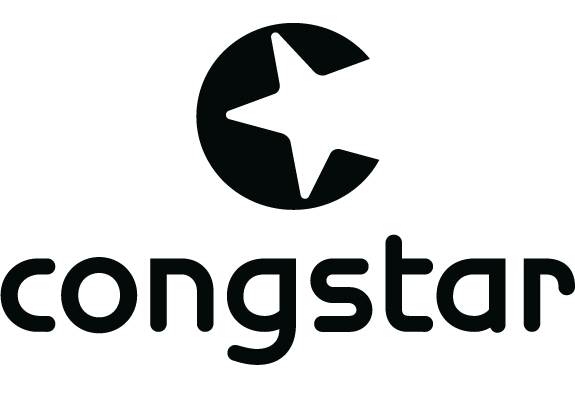












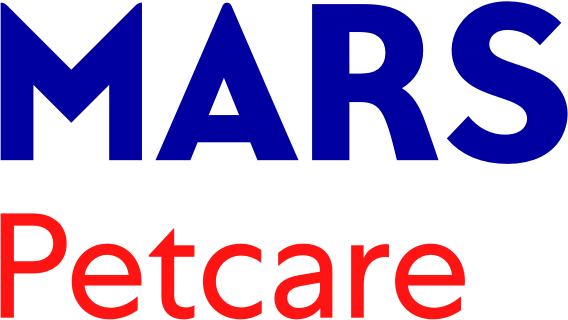




































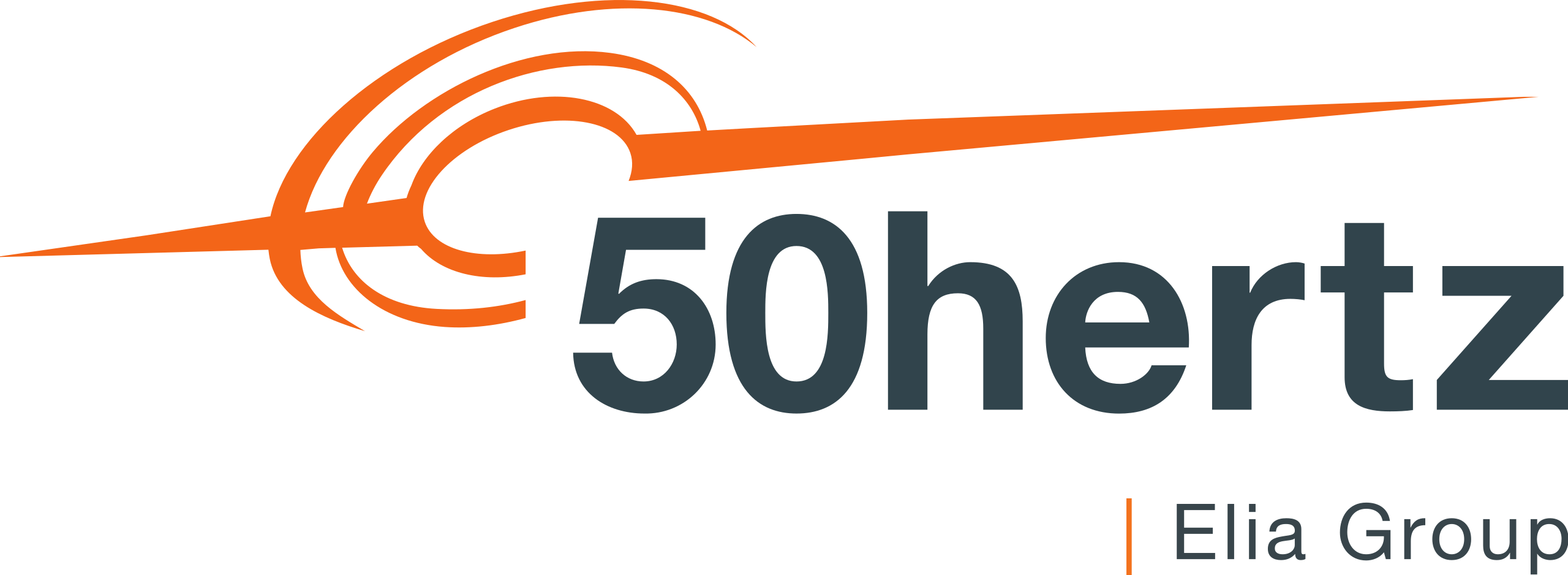













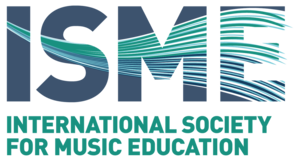












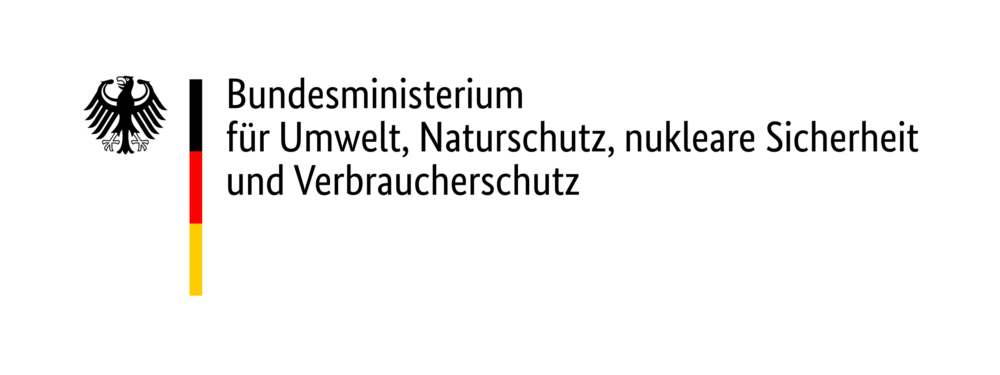











Testimonials











Questions about graphic recording?
Book an appointment!

Julian Kücklich
Graphic Recorder
Requently asked Questions
What is Graphic Recording?
Graphic recording, also called visual scribing or visual facilitation, is a method of visual note-taking in which complex content such as lectures, presentations or discussions are recorded in real time and visually presented on large surfaces. Symbols, images and colours are used to illustrate the essential content and contexts and thus support the audience’s understanding and ability to remember. Graphic recording is often used at workshops, conferences and other events to record discussions and results in a vivid way.
What is the difference between graphic recording and visual facilitation?
Graphic Recording and Visual Facilitation have large areas of overlap, but they are not identical. While graphic recording can also be used for documentation at large events with hundreds of participants, visual facilitation is better suited for smaller groups. The visual facilitator takes on the role of a „visual moderator“ who specifically asks for input from the participants, asks questions and works together with the group on visual solutions. The visual facilitator usually tries to transform abstract ideas into concrete, manageable concepts.
What information do I need to provide in advance?
Less is often more. In fact, the most important information for graphic recorders is the exact course of the event. But of course it is also important to know how the graphic recording will be used after the event. In the case of digital and online recording, technical questions about connections, file formats and transmission paths need to be clarified. In terms of content, complex topics require intensive preparation, especially if there are many technical terms and abbreviations. But a good graphic recorder takes most of it „on the audio track“, so that the provision of speech manuscripts and presentations before the event is usually not necessary.
How does Graphic Recording deal with confidential information?
Graphic recording is often used at strategy workshops or other internal company events where internal information is also discussed. My professional ethics as a graphic recorder prohibit me from disclosing such information to third parties. Furthermore, I have entered into a non-disclosure agreement with many of my clients, which obliges me to maintain confidentiality. This also means that I never publish graphic recordings without the consent of my clients, not even in excerpts or in edited form.
What does a Graphic Recorder need on site?
For a graphic recording on paper, the most important thing is the drawing surface. This can be a smooth wall or a large window, but large-format stable walls („Metaplan walls“) are most commonly used. Most conference venues provide these free of charge or for a small fee, and many offices are also equipped with them so that they do not have to be delivered. For digital recordings, the most important thing is a comfortable place to sit with electricity. The most important thing, however, is enough water, as graphic recording is very strenuous!
How do I use graphic recording for communication?
There are endless possibilities to use graphic recording for communication before, during and after the event. A hand-illustrated invitation gets participants in the mood for visual thinking beforehand. On the day of the event itself, graphic recording documents and structures lectures and discussions. For moderators, it is a proven means of providing participants with an overview. Photo and video documentation is also enhanced by graphic recording. In the form of digital images or time-lapse videos, graphic recordings can be quickly shared internally or externally, for example on the intranet or social media. And graphic recordings on paper can be hung up and remind participants of the content and agreed goals even after the event.
What costs should I expect for Graphic Recording?
The price of a graphic recording is made up of the following components: Preparation, execution and rights of use. This is how the daily rate of a graphic recorder is calculated. A rough guide is provided by the Illustratoren-Organisation (IO) fee structure: it gives a range of 900 to 2,500 euros per day for graphic recording. The average daily rate is 1,415 euros (as of 2018). In addition, there are optional items such as post-processing, travel costs or material.
Are the costs for half a day of graphic recording lower?
The term „daily rate“ is somewhat misleading, as graphic recorders already work for their clients before the day of the event and sometimes afterwards as well. Nevertheless, many graphic recorders also offer half-day rates in justified exceptional cases. However, these are not 50% of the normal daily rate, but 65%. The explanation for this difference is that graphic recorders cannot accept any further assignments for that day.
Can I book a graphic recorder for just one hour?
The short answer is: no. In practice, it has turned out that a very short assignment time usually means a correspondingly higher effort in preparation and follow-up. In order to record everything in such a short time, it is usually necessary to optimise the flow of information and to prepare the drawing area so that the information only has to be filled in. This preparation is so time-consuming that it cannot be compensated with an hourly rate.
What rights of use do I get?
The fee for a graphic recording always includes a usage rights component, which is usually also explicitly stated. With this, the client acquires the right to use the resulting image within the agreed framework. Incidentally, this applies to both internal company use and use for advertising purposes. The Illustrators Organisation (IO) provides an online calculator (link: https://illustratoren-organisation.de/wp-content/uploads/2020/06/Nutzungsrechte-Kalkulator.pdf) with which the costs for use can be calculated easily and transparently.
Do the artists' social insurance fund incur additional costs?
Like graphic designers, web designers and copywriters, the vast majority of graphic recorders are insured for health and pension through the KSK (Künstlersozialkasse). In order to secure funding, the KSK levies the so-called Künstlersozialabgabe (Artists‘ Social Levy) on companies that use artistic services. The assessment basis for this levy is all remuneration paid to self-employed artists and publicists in a calendar year. These costs are thus an integral part of artistic services and do not represent a surcharge on the costs incurred.
Can graphic recording also depict parallel workshops?
Parallel workshops, world cafés and open-space unconferences are a challenge for graphic recorders, as they cannot be in different places at the same time as Hermione Granger. Ideally, a separate graphic recorder should be booked for each workshop. If this is not possible for organisational or budgetary reasons, the method of visual harvesting can be used. The graphic recorder moves through the workshop rooms and collects information that seems relevant to him. The result is not a complete documentation, but a subjective picture of the mood of the event.
Can graphic recording also take place online?
Until 2020, it was uncommon for graphic recording to be used in virtual meetings. But in the wake of the Corona pandemic, remote graphic recording has become an indispensable part of online meetings. The advantage is that the participants can look directly „over the shoulder“ of the graphic recorder while he or she is drawing, especially if there is a picture director who ensures that the graphic recording is shown at the right moment. Incidentally, recordings of web conferences are also much more entertaining and memorable when they are accompanied by graphic recording.
What software is necessary to integrate graphic recording into video conferences?
No additional software is necessary for this. The integration into Teams, Zoom or Google Meet takes place on the side of the Graphic Recoder, who participates in the meeting as a virtual webcam using his tablet connected via Camlink. By using a video mixer, it is also possible to switch back and forth between different video sources. If a document camera is used, graphic recording with pen and paper can also be integrated into a virtual meeting. The necessary hardware is provided by the graphic recorder.
What are the advantages of digital graphic recording over pen and paper?
Both have their advantages and disadvantages. The advantages of digital graphic recording, apart from its flexibility and the possibility to accompany online events, are the immediate availability of a digital image that can be used as shareable content on the internet and on social media. A graphic recording on paper or honeycomb panels, on the other hand, has an unsurpassed spatial effect at live events that even the largest and brightest screens cannot match. An additional benefit is the „water cooler effect“: the graphic recording acts as a focal point where participants come together, talk to each other and exchange ideas. Selfies in front of graphic recordings are also very popular and look good on LinkedIn or other social media.
Is graphic recording also available as a video?
Of course! With graphic recordings on paper, it is possible to record the entire drawing process in real time or in fast motion. All you need is a smartphone and a good tripod. Sometimes graphic recorders are accompanied by a cameraman or camerawoman. The images can then be used, for example, in the video documentation of the event. Digital recordings have the advantage that a time-lapse video of the drawing process can be created automatically. With a little music and a few sound bites from participants, a great video for social media can be created quickly.
What are the advantages of digital graphic recording?
Digital graphic recording offers several advantages compared to analogue recording techniques. Digital recordings can be duplicated and edited quickly and easily because they can be stored and processed digitally. This means that results can be quickly distributed and shared online.
What are the advantages of analogue graphic recording?
Analogue graphic recording has its own advantages over digital recording techniques. For example, it allows direct and physical interaction with the participants and creates a more personal atmosphere. It is also independent of power supply and technology, which makes it particularly useful when there is no possibility to use digital equipment. In addition, the results of analogue graphic recording can be displayed on paper or given as a gift to participants, creating a lasting memory of the event.













